Understanding Tanker Trucks and Trailers
Tanker trucks and trailers are essential components in the transportation of liquids and gases across various industries. Their importance cannot be understated, as they facilitate the movement of everything from petroleum products to food-grade liquids. The length of these vehicles plays a crucial role in their effectiveness, regulatory compliance, and logistical considerations. In this detailed exploration, we will delve into the specifications of tanker trucks and trailers, the factors influencing their sizes, and the implications of these dimensions.
Types of Tanker Trucks
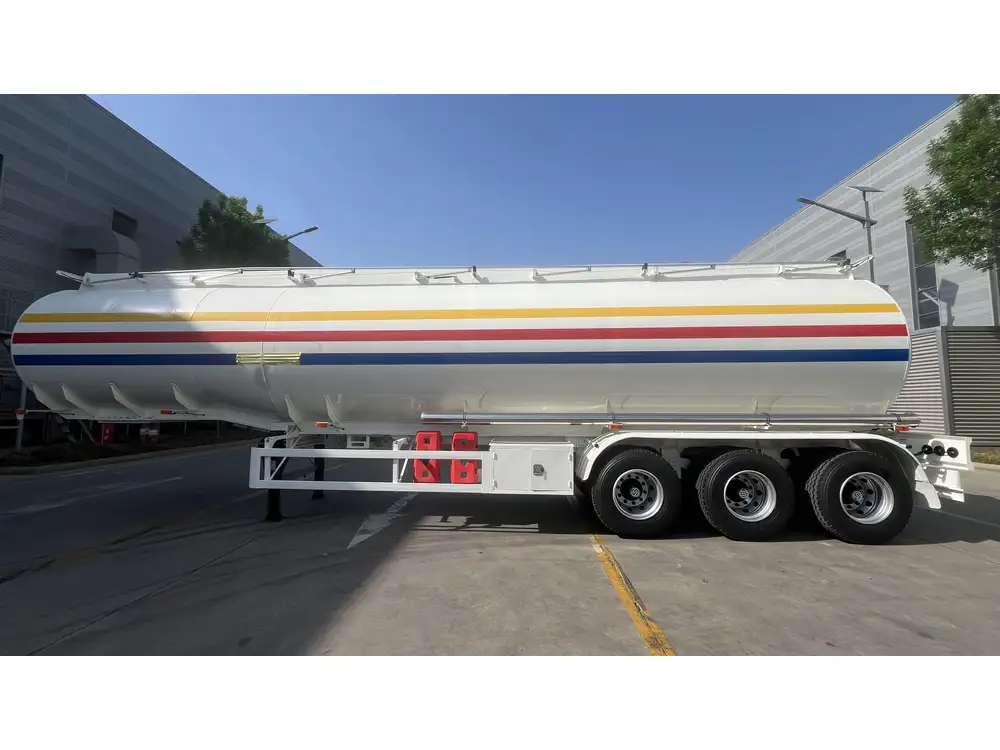
1. Single Tanker Trucks
Single tanker trucks are standalone vehicles specifically designed for carrying liquids. They usually have one tank mounted on the chassis and can vary significantly in size. Here are some standard lengths:
| Capacity (Gallons) | Approximate Length (Feet) | Common Uses |
|---|---|---|
| 1,000 | 24-28 | Water delivery |
| 2,000 | 30-34 | Oil and fuel |
| 4,000 | 35-40 | Chemicals |
2. Tanker Trailers
Tanker trailers are towed by a truck. They come in diverse configurations, such as single-compartment and multi-compartment tankers, significantly affecting their lengths and capacities. The typical tank trailer has the following specifications:
| Capacity (Gallons) | Approximate Length (Feet) | Common Uses |
|---|---|---|
| 5,000 | 40-45 | Fuel oil, chemicals |
| 7,000 | 45-48 | Liquid fertilizers |
| 10,000 | 50-55 | Food-grade materials |
Legal Dimensions and Regulations
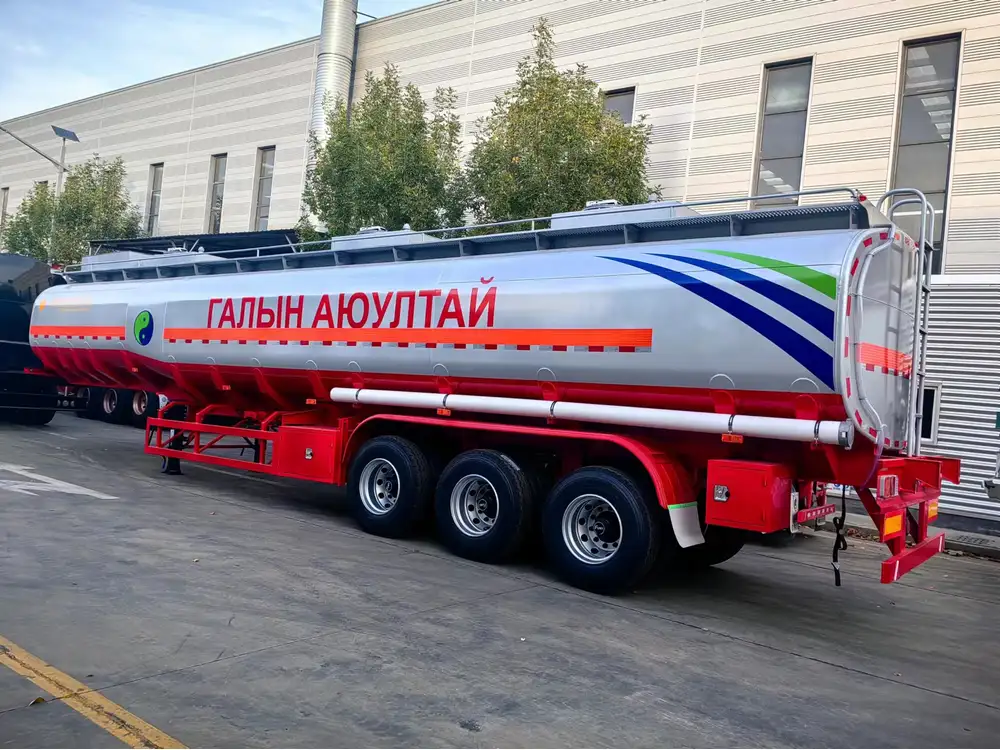
Federal Regulations
In the United States, the Federal Motor Carrier Safety Administration (FMCSA) regulates the dimensions of trucks and trailers. According to federal law, the maximum allowable length for a semi-trailer, including a tanker, is typically 53 feet. However, the total truck and trailer combination can measure up to 80 feet in length, considering the cab’s length.
State Regulations
State laws may impose additional restrictions. For example, specific states may limit the total vehicle length, even for legal loads. Therefore, it is essential to consult local regulations for compliance. Tables summarizing state regulations can be beneficial:
| State | Maximum Length (Feet) | Notes |
|---|---|---|
| California | 65 | Includes all vehicle types |
| Texas | 59 | 61 feet for non-divisible loads |
| Florida | 70 | Special permits for over length |
Factors Influencing Length

1. Cargo Type
Different liquids and gases require different hauling configurations. As a rule, the more specialized the cargo (e.g., hazardous materials vs. food-grade products), the likely variation in tanker size.
2. Capacity Requirements
Most operations involve specific cargo capacity needs that directly influence the length. A higher capacity tanker trailer will usually be longer because it must accommodate a larger volume.
3. Weight Distribution
For safety and efficiency, tanker design also considers load distribution. This affects not only the total length but also the axle configurations, which can add additional length to the vehicle.
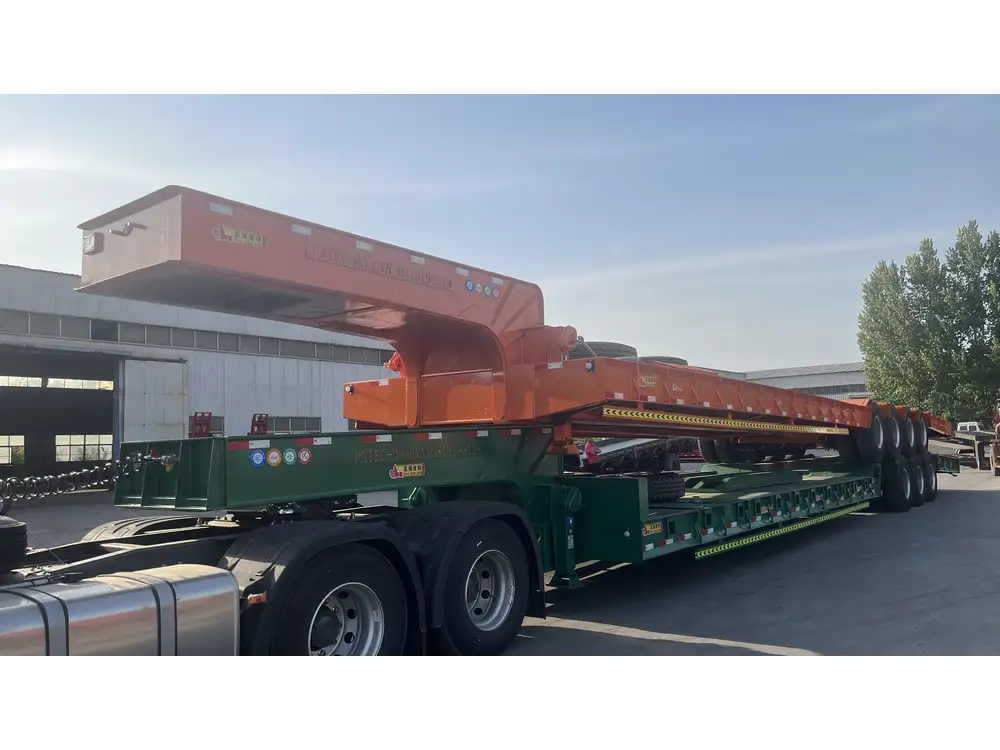
4. Design and Aerodynamics
In modern transport logistics, aerodynamics can significantly affect efficiency and fuel consumption. Some manufacturers design longer, sleeker tanks to optimize for aerodynamics while meeting regulatory requirements.
Tanker Trailer Specifics
Types of Tanker Trailers
Understanding the types of tanker trailers can also provide insight into their lengths:
| Type of Trailer | Length (Feet) | Uses |
|---|---|---|
| Food-grade tankers | 45-53 | Transporting consumable goods |
| Chemical tankers | 45-48 | Carrying industrial chemicals |
| Petroleum tankers | 48-50 | Transporting gasoline and diesel |
| Cryogenic tankers | 40-42 | Transporting liquefied gases |

Installation of Baffles
Most tanker trailers feature internal baffles to reduce sloshing during transport. These baffles take up space, which can influence the internal dimensions but generally do not impact the overall length.
Impact on Transport Logistics
Route Planning
The length of a tanker truck or trailer significantly affects logistics operations. Longer trailers require more turning and stopping distances, which can complicate route planning. Ensuring adequate space for maneuvering is essential, particularly in urban areas or construction zones.
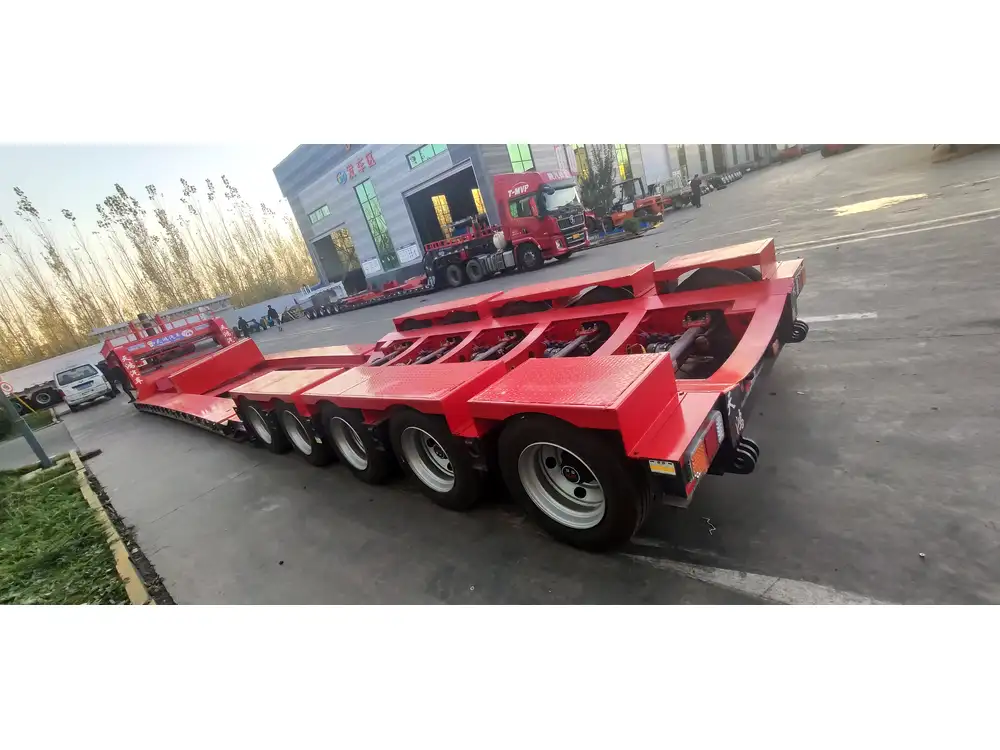
Loading and Unloading
The size influences the efficiency of loading and unloading processes. Longer tankers might necessitate specific loading docks or specialized equipment, resulting in potential operational delays.
Driving Regulations
Drivers must be trained to handle specific lengths since longer vehicles require different strategies for safe driving. This includes understanding the vehicle’s behavior while reversing or negotiating turns.
Comparison of Tanker Sizes
When evaluating sizes and specifications, considering the actual dimensions can be beneficial for businesses looking to optimize their fleet:
| Tanker Type | Usual Length (Feet) | Typical Capacity (Gallons) | Common Cargo |
|---|---|---|---|
| Single Compartment Tanker | 24-30 | Up to 6,000 | Water, fuel |
| Multi-Compartment Tanker | 45-53 | Up to 10,000 | Chemicals, liquids |
| Pneumatic Tanker | 40-42 | 1,500-5,000 | Powdered materials |
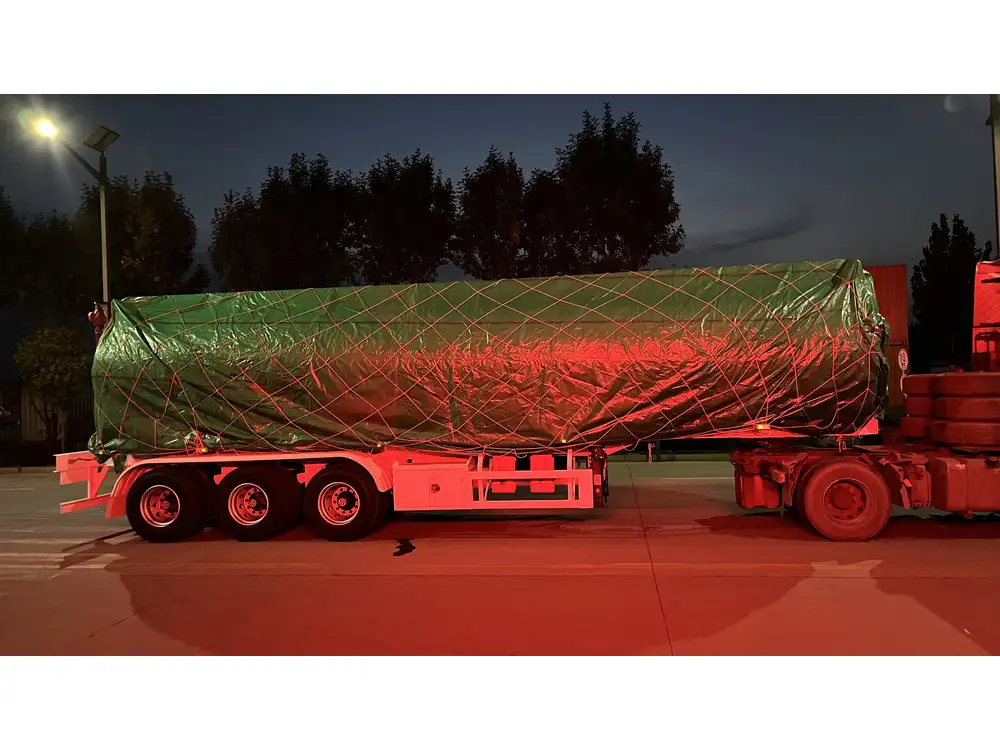
Conclusion
Understanding the lengths of tanker trucks and trailers is crucial for manufacturers, operators, and logistics professionals alike. The variations stem from the type of liquid being transported, regulatory considerations, and the specific designs employed by different manufacturers. For businesses involved in the shipment of liquid goods, knowledge of these dimensions not only enhances operational efficiency but also ensures compliance with industry regulations.
As the transportation industry continuously evolves, adapting to trends like sustainability and efficiency in logistics will further shape tanker truck and trailer designs in the years to come. Whether you are focused on the particulars of a single tanker or managing a fleet of semi-trailer tankers, this knowledge serves as a vital component of effective transportation management.



